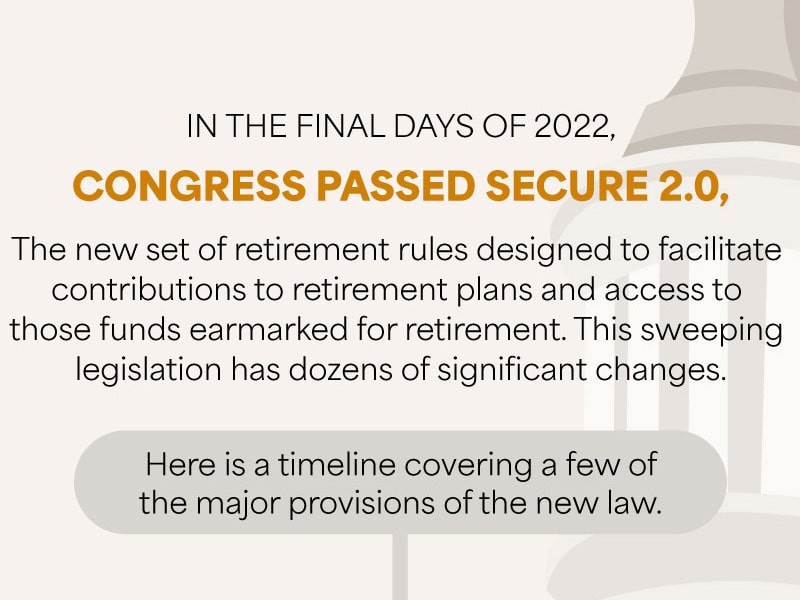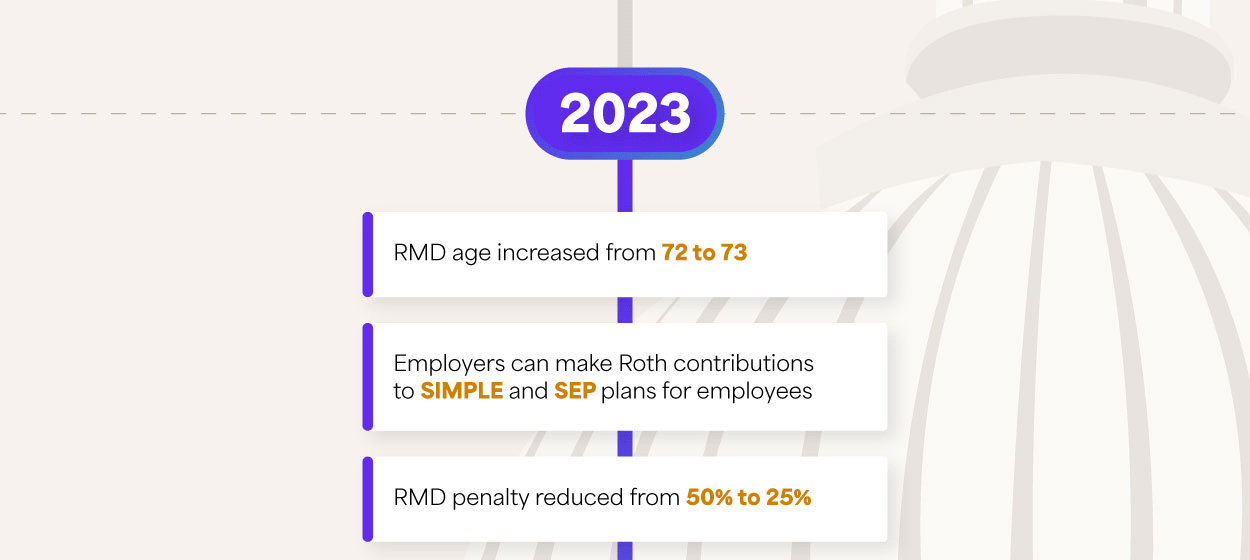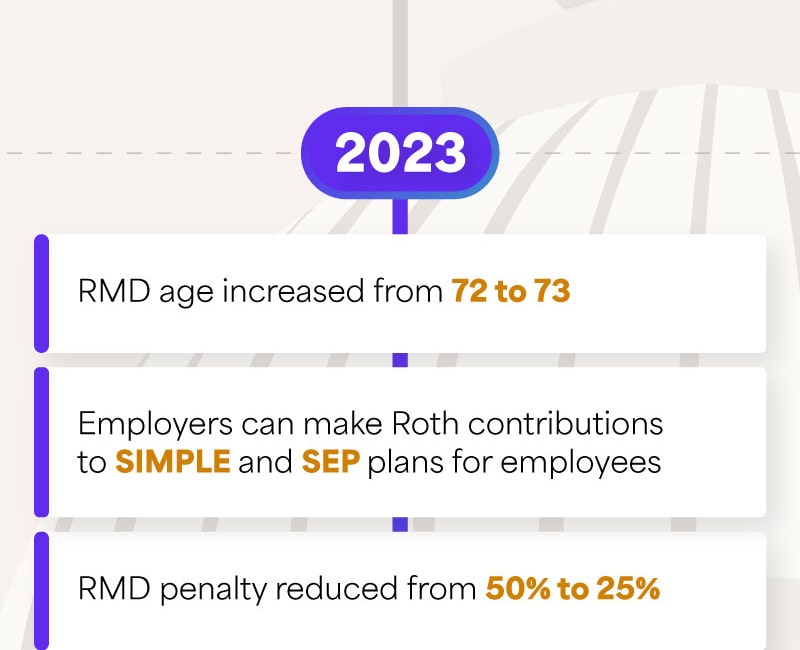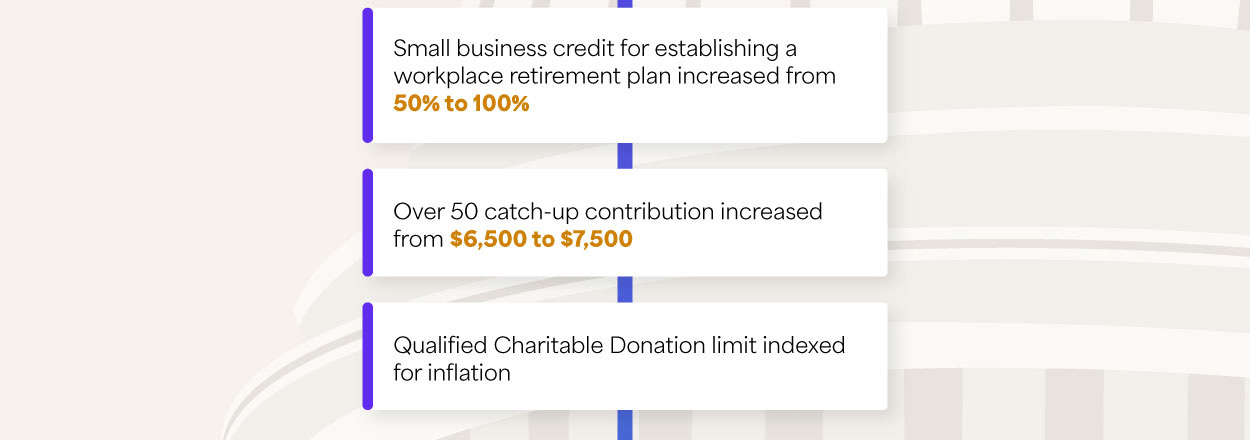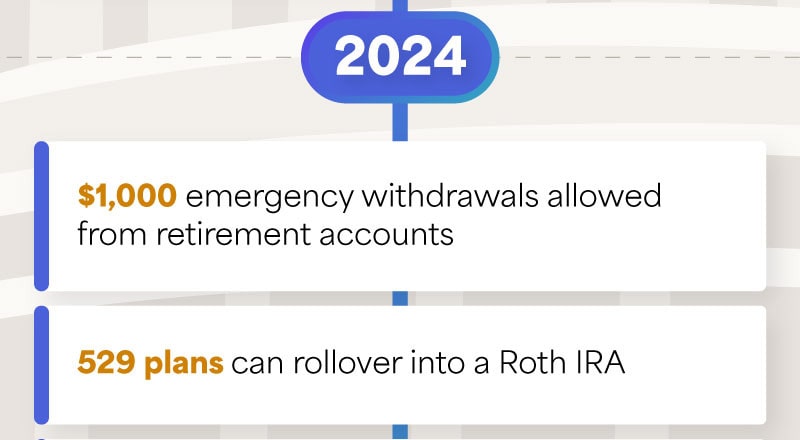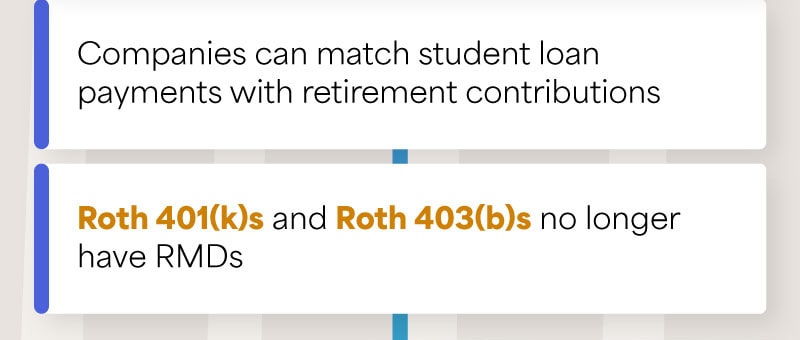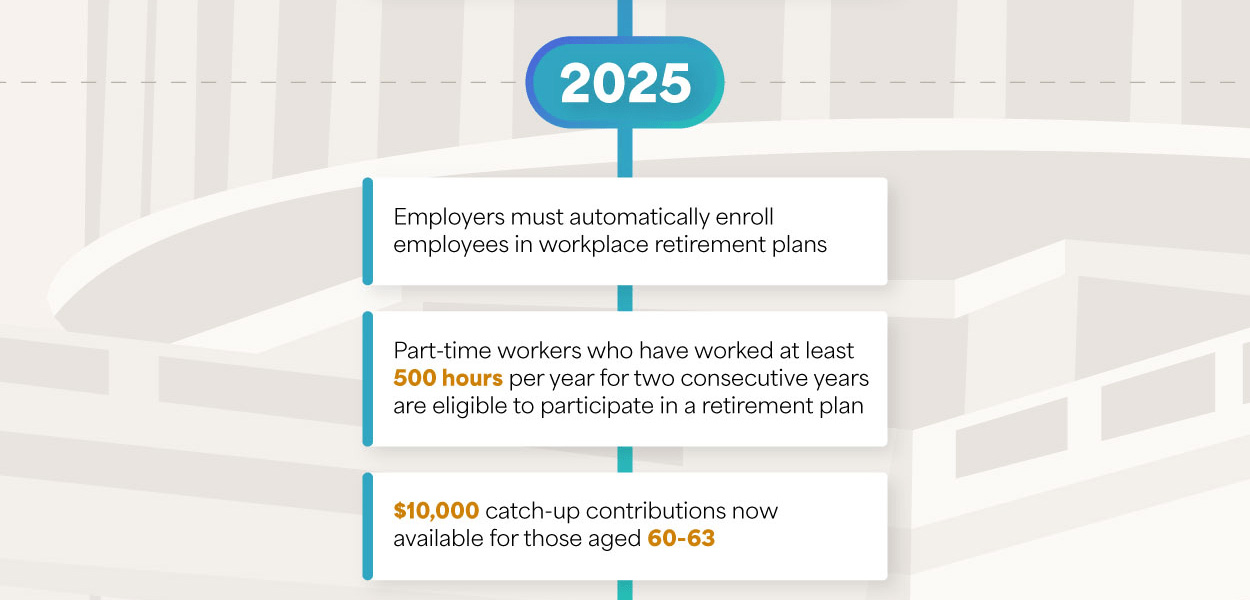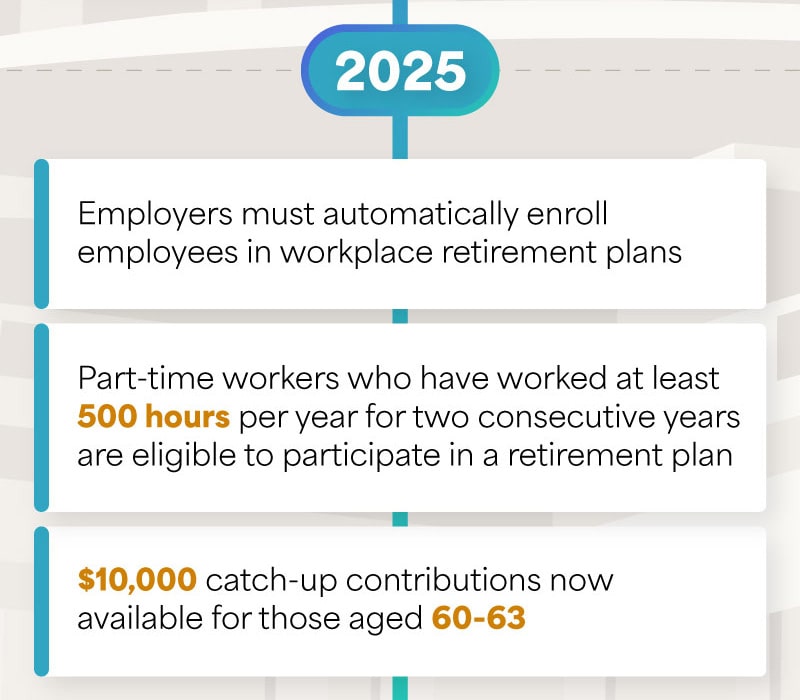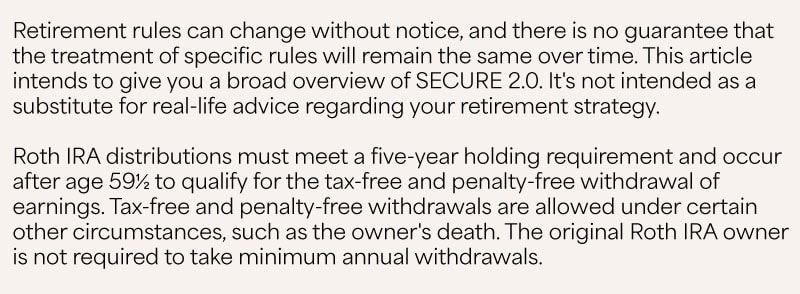Check the background of your financial professional on FINRA's BrokerCheck.
The content is developed from sources believed to be providing accurate information.
The information in this material is not intended as tax or legal advice. Please consult legal or tax professionals
for specific information regarding your individual situation. Some of this material was developed and produced by
FMG Suite to provide information on a topic that may be of interest. FMG Suite is not affiliated with the named
representative, broker - dealer, state - or SEC - registered investment advisory firm. The opinions expressed and
material provided are for general information, and should not be considered a solicitation for the purchase or
sale of any security.
We take protecting your data and privacy very seriously. As of January 1, 2020 the California Consumer Privacy Act (CCPA) suggests the following link as an extra measure to safeguard your data: Do not sell my personal information.
Copyright 2024 FMG Suite.
Donald Reutemann is a Registered Representative and Investment Adviser Representative of Equity Services, Inc. and offers securities in the following states: CA, CO, CT, FL, GA, IL, MD, MA, MI, NV, NJ, NY, NC, OR, PA, RI, SC, TX, VT and WA.
Charles Reutemann is a Registered Representative and Investment Adviser Representative of Equity Services, Inc. and offers securities in the following states: AZ, CA, CO, DE, MA, MI, NY, PA, SC, TX and VA.
Donald is also licensed to offer insurance in the following states: CO, FL, MD, MI, NY, SC, VT and WA.
Charles is licensed to offer insurance in the following states: AZ, DE, MA, MI, NH, NY SC and VT.
Securities and investment advisory services offered solely by Equity Services, Inc., Member FINRA/SIPC. 354 Mountain View Drive, Ste. 200, Colchester, VT 05446 (802) 864-6819. NPA Financial and all other entities and individuals are independent of Equity Services, Inc unless otherwise noted.
CFP® and CERTIFIED FINANCIAL PLANNER™ are certification marks owned by the Certified Financial Planner Board of Standards, Inc. These marks are awarded to individuals who successfully complete the CFP Board's initial and ongoing certification requirements.
This website is not an offer to buy or a solicitation to sell securities. TC104738(1118)P



